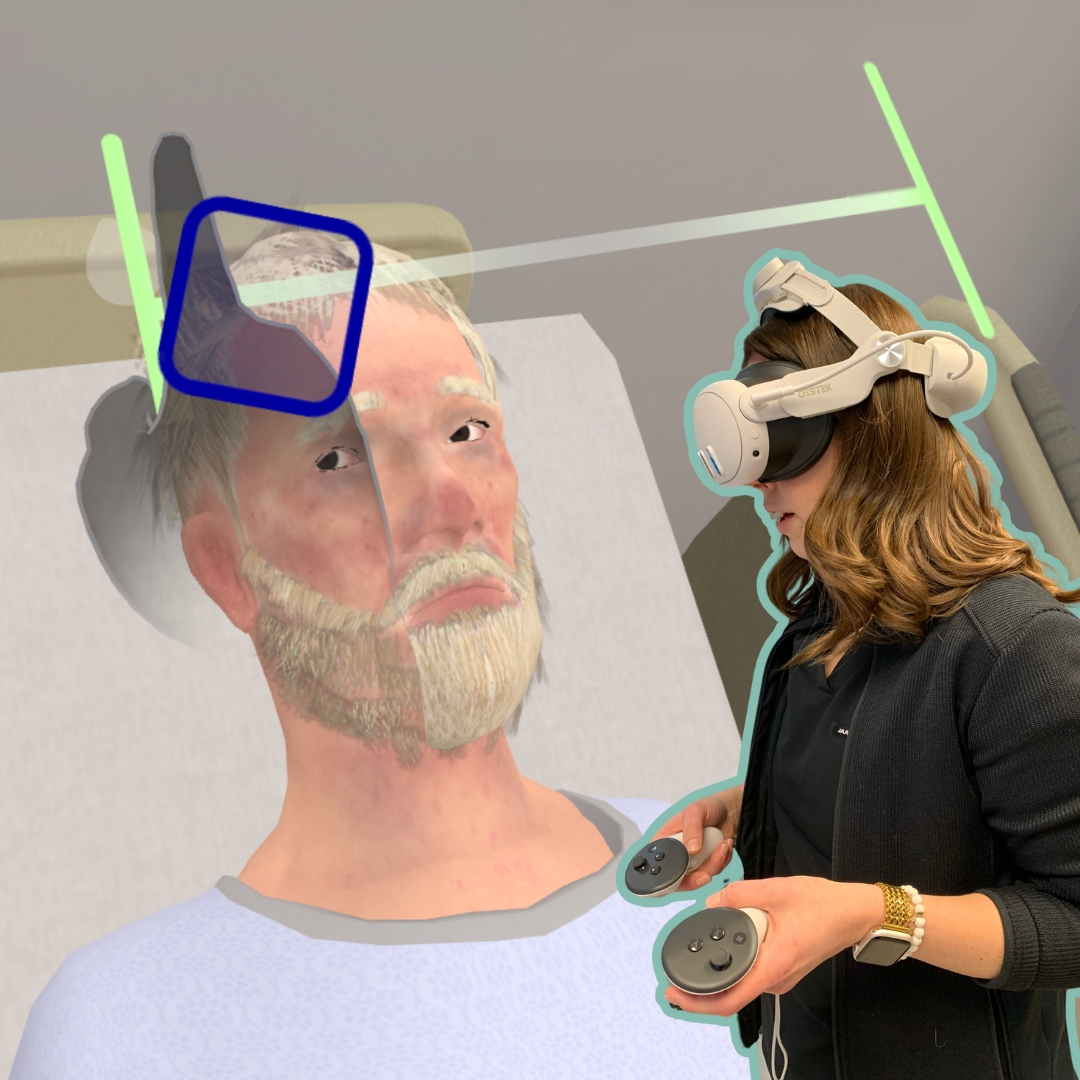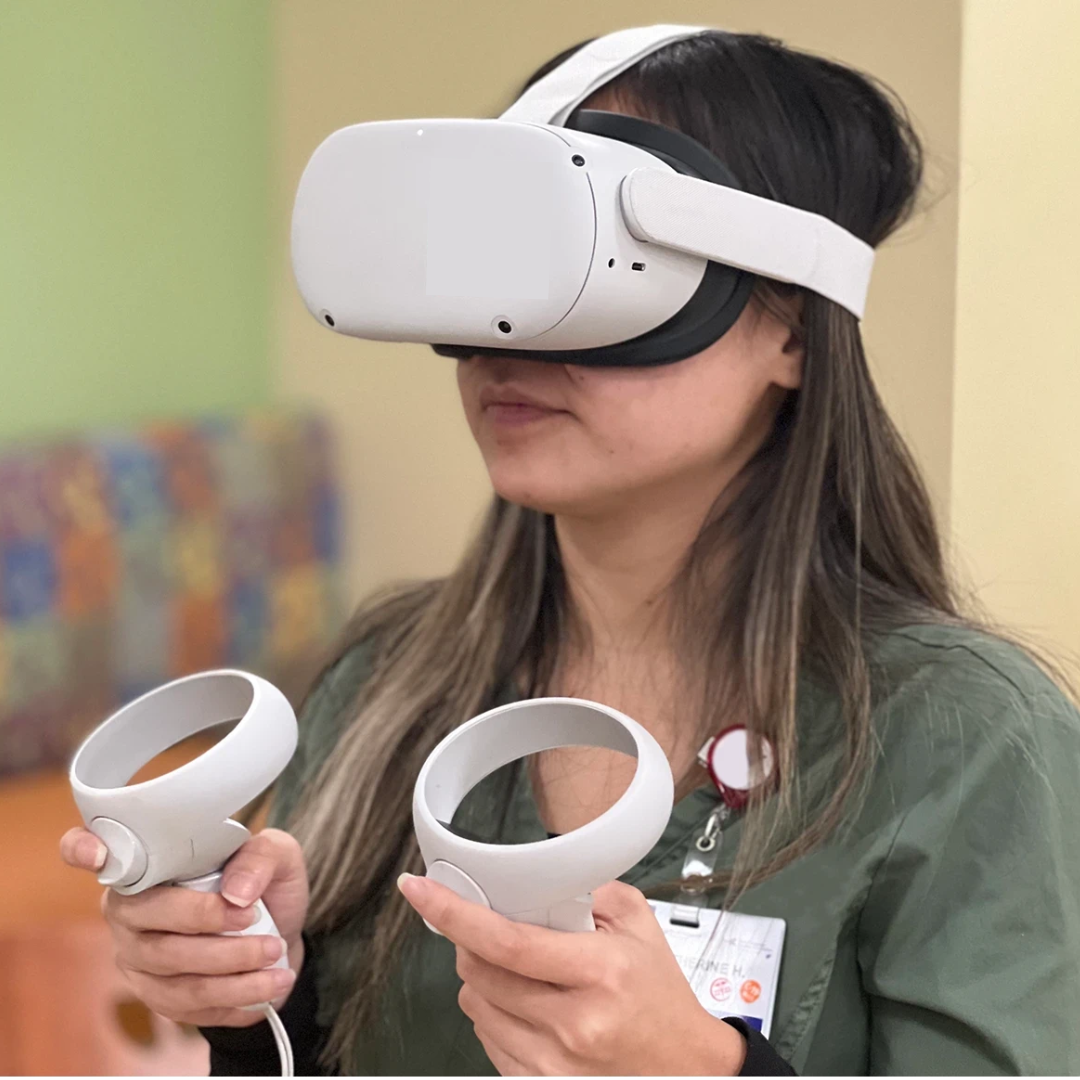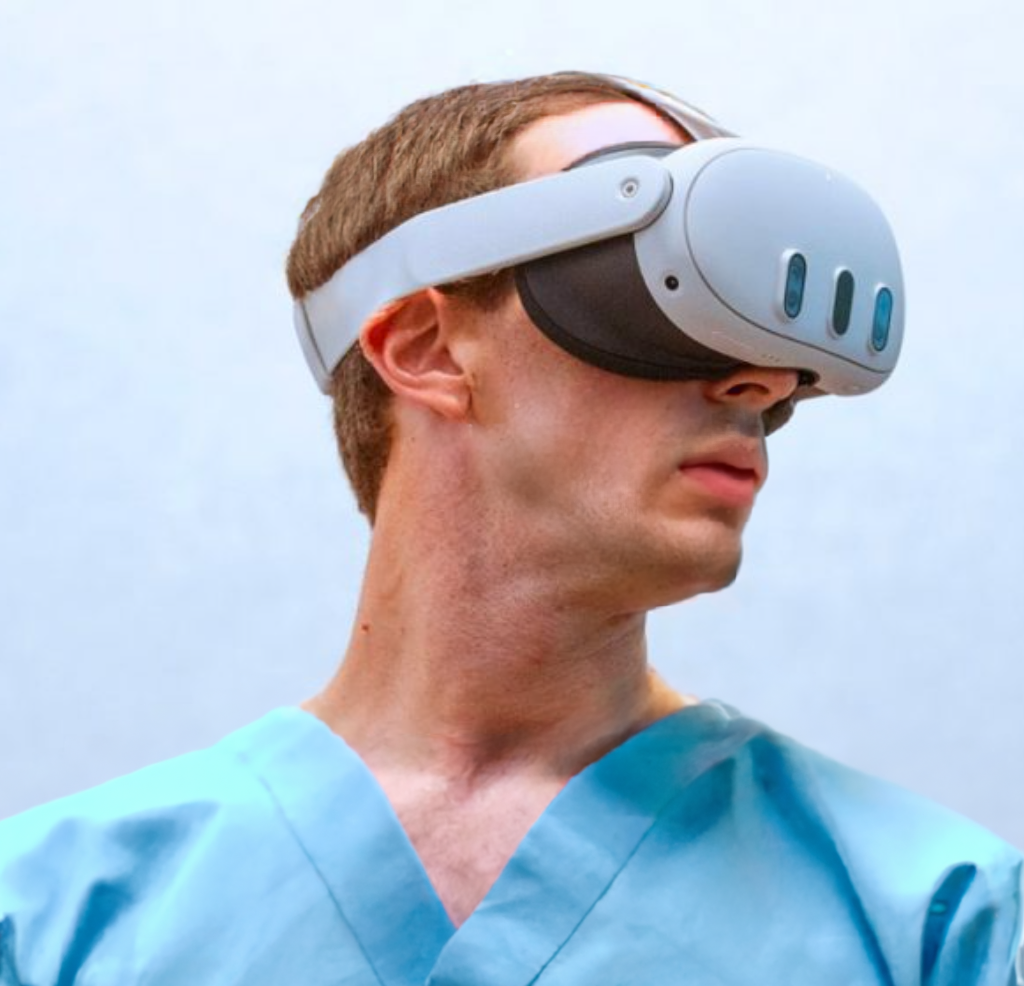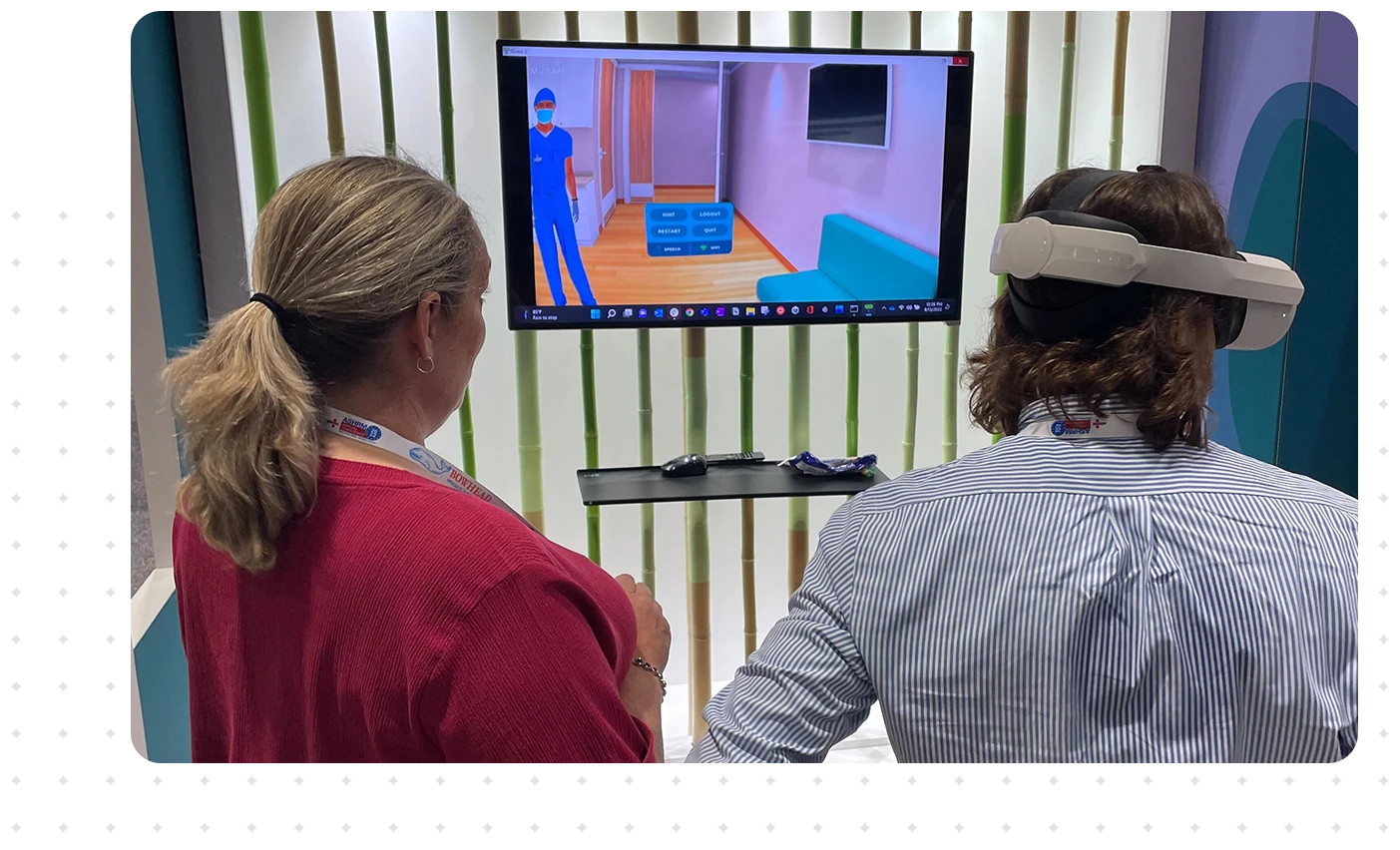
How VR Training Supports Risk Mitigation in Healthcare
Published May 16, 2023
How VR Training Supports Risk Mitigation in Healthcare
In the healthcare industry, mitigating and preventing risk is essential to ensuring the safety of patients and healthcare providers alike.
As NEJM Catalyst shares, employing risk management strategies and practices allows healthcare organizations to proactively and systematically safeguard their assets, market share, accreditation, reimbursement levels, brand value, and community standing.
Virtual reality (VR) technology supports risk management by offering a safe and controlled environment where healthcare professionals practice skills and test knowledge in immersive high-risk scenarios without real-world consequences with actual patients.
By using VR training, healthcare organizations can prepare their staff for various situations, including those that may lead to sentinel events if not managed appropriately. VR equips them with the skills and knowledge to respond effectively – thereby minimizing patient safety risks when real-life situations occur.
The Challenges of Traditional Training
Traditional training methods such as simulation training and classroom PowerPoints pose challenges around risk mitigation. These limitations include:
- Lack of Standardization: Traditional training methods vary in quality and consistency depending on the instructor or the training environment, which leads to inconsistencies in the quality of training and learning outcomes.
- Limited Realism: Simulation training may not provide a realistic enough representation of the work environment or patient, limiting training effectiveness and the accurate assessment of trainee performance.
- Subjectivity: The evaluation of trainee performance in traditional training methods can be subjective and dependent on the instructor’s personal biases and judgment.
- Limited Feedback: Traditional training methods may not provide timely or accurate feedback to trainees, restricting their ability to improve their skills and knowledge.
- Higher Cost: Traditional training methods like simulation training are expensive to set up and maintain.
- Limited Opportunities for Practice: Due to higher costs and the number of simulation technologists and support to run each scenario, users are not able to repeat their experiences multiple times, which can lead to deeper learning and improved confidence.
VR training addresses these limitations by providing standardized, objective, and realistic training scenarios with immediate feedback, the ability to repeat experiences on demand, and lower overall costs.
VR Training: A Solution for Risk Mitigation
VR training allows clinicians to practice high-risk scenarios in a risk-free and psychologically safe environment, gaining valuable experience and developing skills without compromising patient safety.
This training modality ultimately leads to better-prepared and more confident clinicians who can recognize and take action in challenging situations in the real world, reducing the risk of adverse events and improving patient outcomes.
Risks Mitigation Benefits Through VR Training
Implementing VR training in your healthcare facility has numerous immediate benefits. It lowers and mitigates patient safety risk through:
Training Standardization
VR training is objective and standardized and provides consistent training experiences for healthcare providers.
With Virtual Reality, healthcare providers can practice the scenarios repeatedly, ensuring they are familiar with the correct evidence-based protocols and procedures. This reduces the variability in training quality and improves the consistency of healthcare delivery while facilitating deep learning and muscle memory.
Clinicians all practice differently. When an institution wants to create standardization, including fidelity to evidence-based guidelines, VR gives every person the same experience but through a customizable lens – a critical balance to strike. You can then quickly reach and scale this standardization across the institution.
Early Recognition & Awareness
VR training helps healthcare providers recognize and respond to potential risks earlier. By practicing in realistic scenarios, these clinicians and nurses further develop their situational awareness, clinical assessment, and critical thinking skills, which helps them identify potential risks before they become significant issues.
This is especially important in high-stress or high-pressure environments, where quick and accurate decision-making is critical to patient safety.
VR training also increases trainees’ confidence, leading them to identify and address the potential misidentification of symptoms and information from colleagues.
Regulatory Compliance
VR training equips healthcare providers to meet regulatory compliance by providing a consistent and standardized training program. These programs are customized according to the Joint Commission’s specific regulatory requirements and ensure healthcare clinicians train to meet those requirements.
Additionally, VR training helps healthcare organizations maintain ongoing training and continuing education, which reduces the risk of non-compliance and potential penalties.
Increased Clinician Confidence
When clinicians are confident in their skills and knowledge, they are more likely to make better decisions, communicate effectively, and perform tasks correctly. This confidence boost lowers the risk of errors and improves patient safety.
Example: Sentinel events are inevitable in healthcare settings. Recently, a large hospital system had multiple occurrences where a fire was triggered when defibrillating a patient. In these instances, hospitals would benefit from virtual reality training by replicating this exact scenario and then disseminating it across the entire organization to better equip providers to prevent future avoidable patient fires.
The Future of VR Training in Healthcare
VR training helps healthcare providers mitigate risks by providing standardized, realistic, and objective training experiences that improve situational awareness, critical thinking, and regulatory compliance.
By practicing in a safe and controlled environment, healthcare providers can strengthen their skills and knowledge, leading to better patient outcomes and a safer healthcare environment. VR is an excellent investment for the future because the technology keeps rapidly expanding across different healthcare sectors.
Ready to be on the cutting edge of healthcare training? Check out the Health Scholars Workbench, a one-stop shop for creating customized VR training scenarios for your organization.





